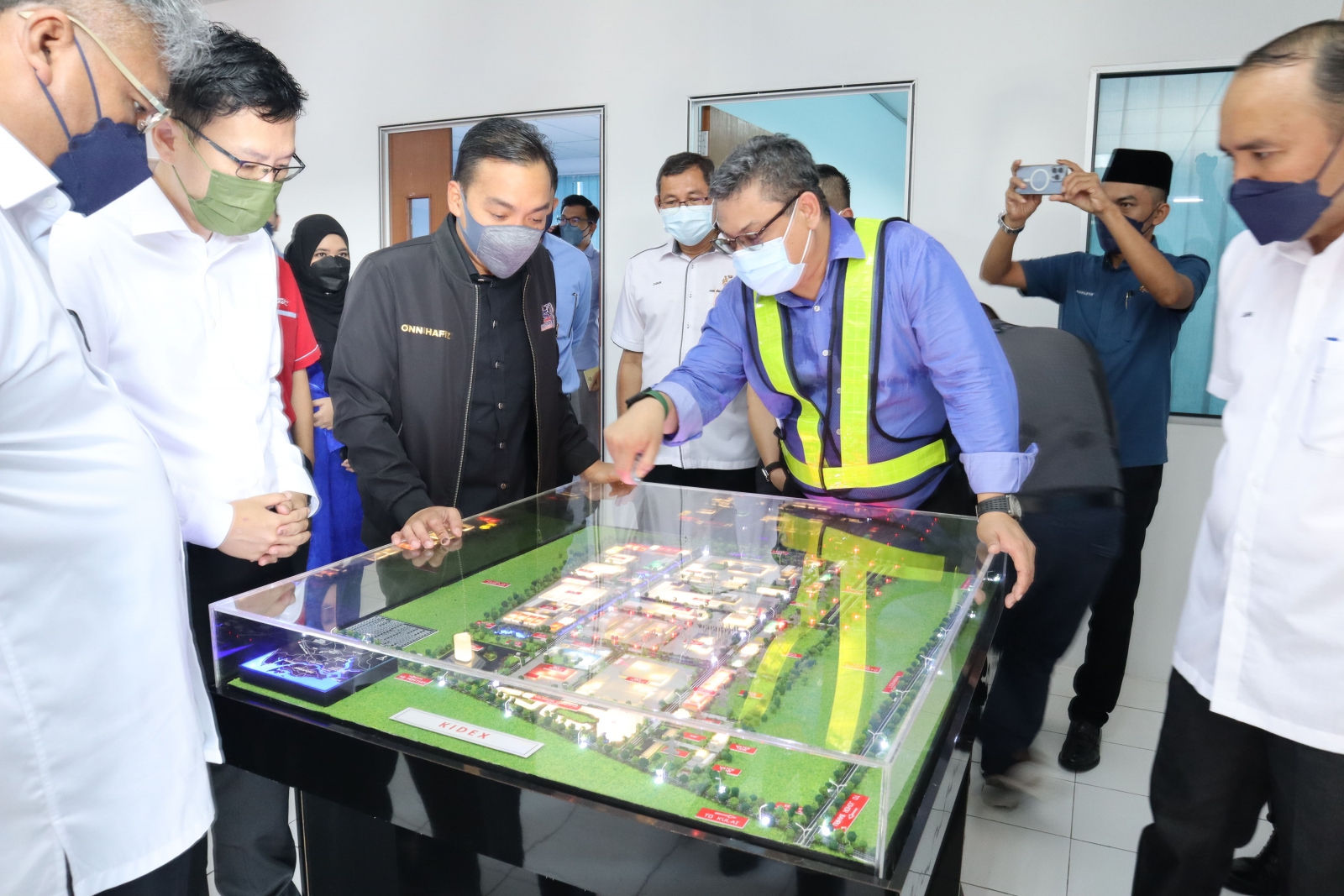
Sedenak Tech Park in Johor's Kulai district will be the biggest data centre in Malaysia (Photo: TPM Technopark Sdn Bhd)
To meet the demands of cloud computing and artificial intelligence (AI), investments in data centers in Malaysia have surged. However, this has raised concerns about the shortage of power and water in Selangor, Johor. Local governments have stated that they will prioritize domestic needs and encourage future data centers to use green energy. They may even reject applications that do not meet green standards.
Data center investments in Malaysia reach $16 billion
According to the Malaysian Ministry of Investment, Trade and Industry, from 2021 to March of 2023, investments in data centers have reached 76 billion MYR (about 16 billion USD). Amy Wong, Executive Director of Research & Consultancy at Knight Frank, stated that the number of data centers in Malaysia is expected to double from the existing 45 sites, with an additional 44 sites in the planning.
Especially, Singapore's halt on data center construction between 2019 and 2022 has spurred the growth of demand for data centers in Southeast Asian countries like Malaysia and Indonesia. This trend includes tech giants like Microsoft and Google announcing investments of over 4.2 billion USD in Malaysia to build data centers.
.jpg)
Exabytes' data center in Malaysia. (Image: Exabytes)
Power, water shortages worry industry
With the increase in data centers, Malaysia's national energy company Tenaga Nasional Bhd (TNB), estimates the potential electricity demand from data centers will exceed 5 GW by 2035.
However, the actual demand of new data centers is much higher. According to research by Affin Hwang Capital, TNB has received power applications for over 11 GW, which accounts for more than 40% of the whole country's generation capacity of approximately 27 GW. Industry experts are concerned that without proper energy management, Malaysia's power supply capacity may not meet the demand from data centers in the next 10 years.
Data centers not only consume vast amounts of electricity but also water. According to the National Water Services Commission (SPAN), Malaysia is expected to face water shortages in the next five years due to climate change, wastage, and aging infrastructure. Lawrence Berkeley National Laboratory’s research shows that “cooling a 100 MW data center requires as much water per day as the consumption of a city with 10,000 residents''.
Selangor-Klang Valley and Johor are the main clusters of data centers in Malaysia, with Johor alone hosting 30 large-scale data centers, and have been facing water shortages for decades.
Chin Soo Mau, Managing Director of solar energy systems provider Pekat Group, expressed concern that Malaysia's energy supply may not meet the growing demand from data centers in the next 10 years. He suggests that the government needs to develop short-term and long-term plans for electricity supply and distribution.
Johor encourages operators to use green energy
In response to concerns from the public, Mohd Noorazam Osman, Mayor of Johor Bahru City, stated on May 30 that investments in data centers should not come at the expense of domestic needs amid challenges in water and electricity supply in Johor.
To manage the energy consumption of data centers, neighboring Singapore has recently proposed adding 500 MW of data centers in the future, with a requirement that 200 MW must use green energy to be approved for operation.
Following Singapore's implementation, Johor state has taken proactive management measures. Lee Ting Han, Chairman of the Johor Investment, Trade, and Consumer Affairs Committee, announced that new guidelines will be proposed in June this year. These guidelines will require newly built data centers to use green energy and assess their energy and water usage efficiency. For companies unable to comply, the committee may recommend rejecting their construction applications.
Source: STRAITSTIMES


